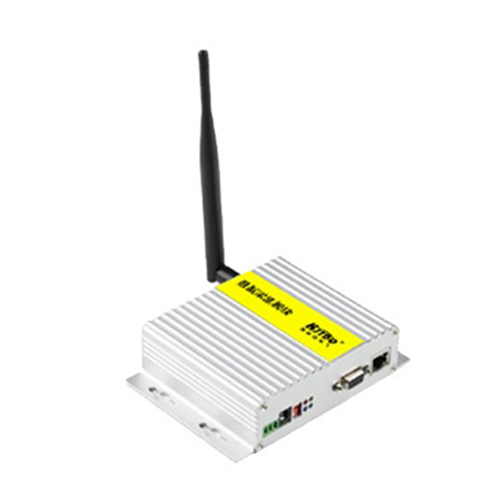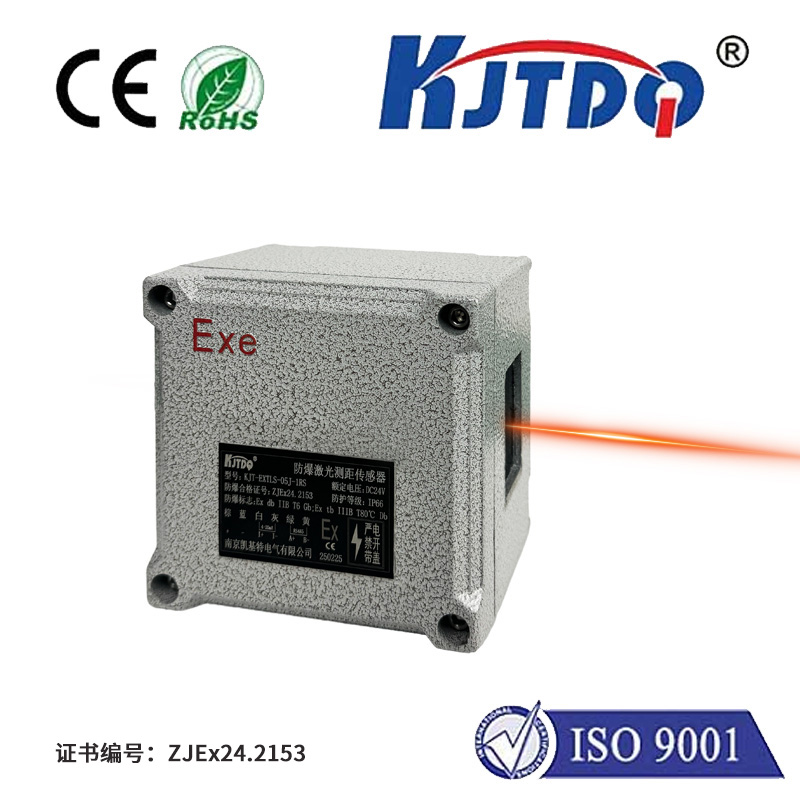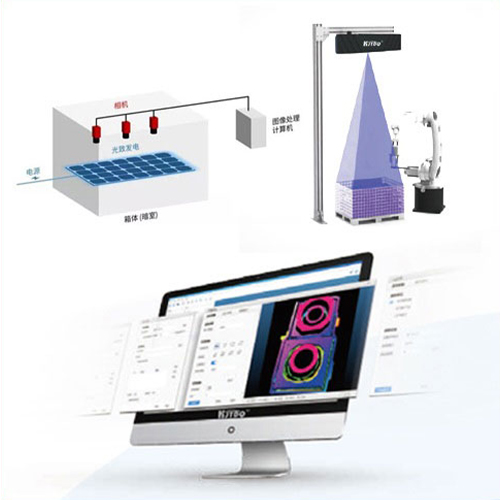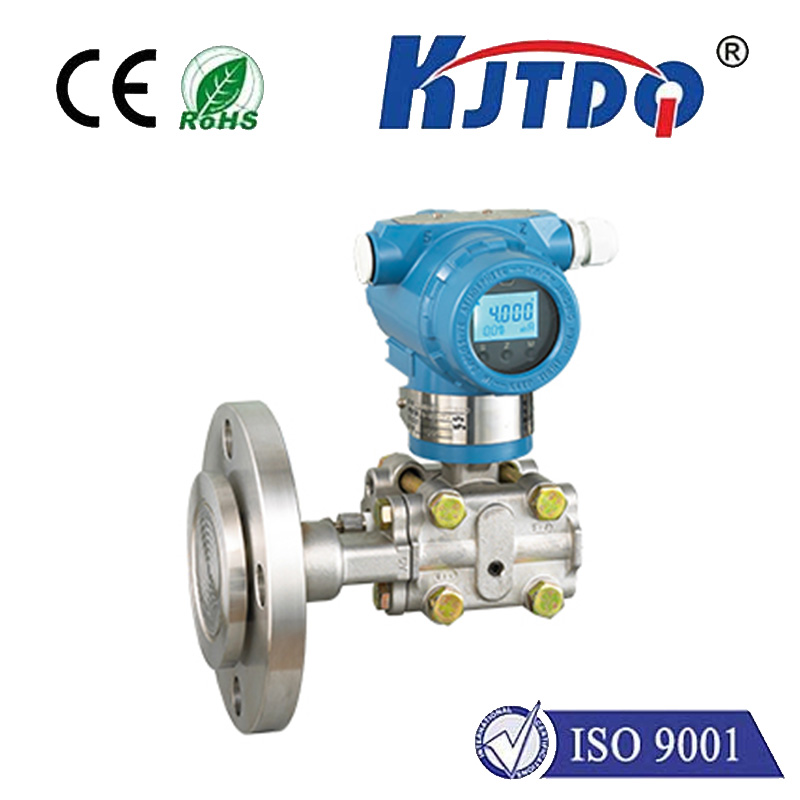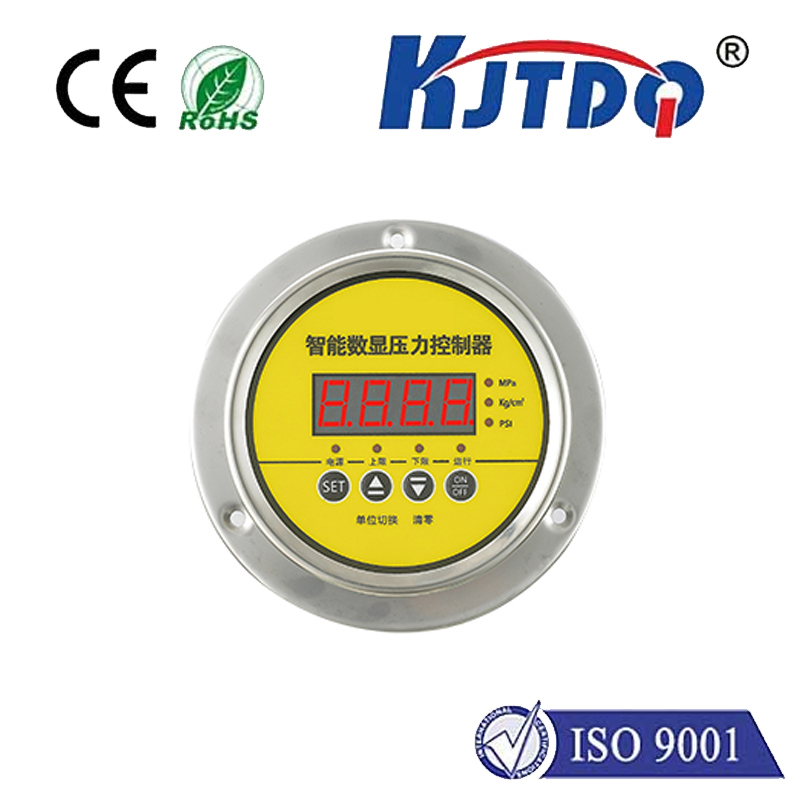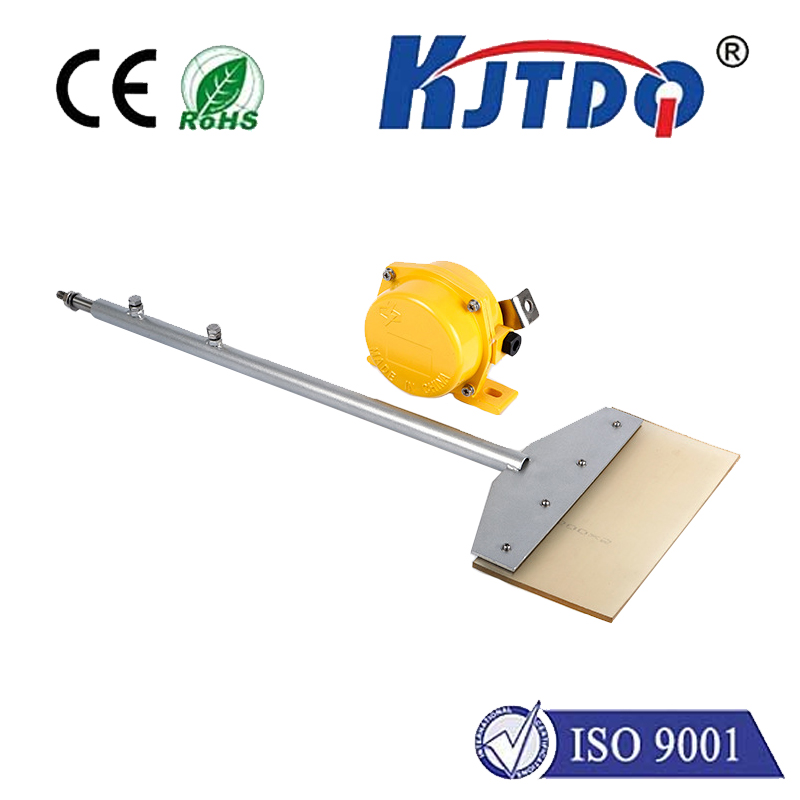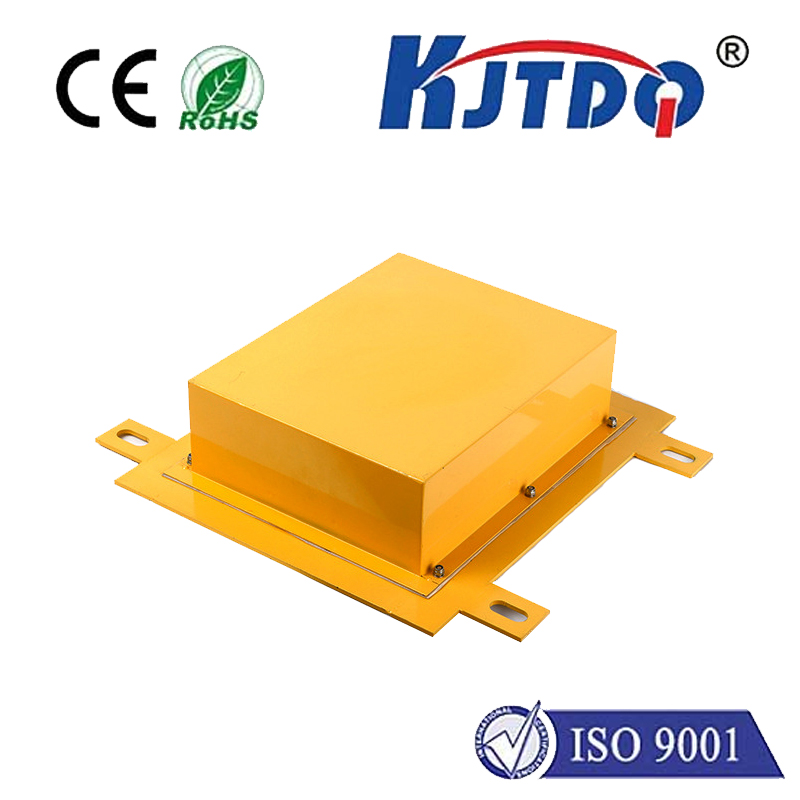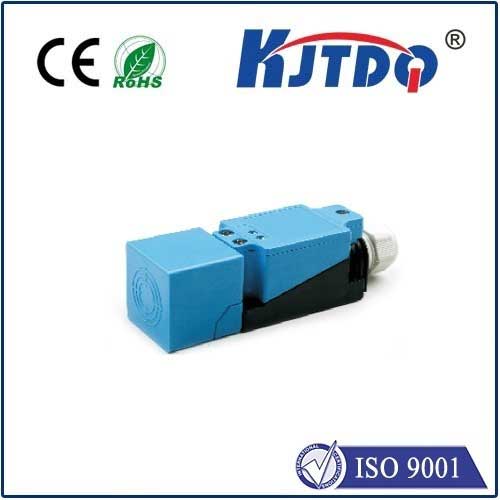sensor proximity inductive
- time:2024-10-15 01:45:44
- Click:0

Title: The Latest Advancements in Sensor Proximity Inductive Technology
Introduction
The world of technology is continuously evolving, and one of the most intriguing developments in recent years is the advancement of sensor proximity inductive technology. This innovation has revolutionized the way we interact with our devices, making them more intuitive, efficient, and user-friendly than ever before. In this article, we will explore the latest advancements in sensor proximity inductive technology and its potential applications in various industries.
What is Sensor Proximity Inductive Technology?
Sensor proximity inductive technology refers to a sophisticated system that uses electromagnetic fields to detect the presence and distance of objects in close proximity to a device. The technology utilizes an inductive sensor, which consists of a coil and a magnetic core, to generate an alternating current (AC) signal that creates a magnetic field around the sensor. When an object comes within range of the sensor, it disrupts the magnetic field, causing changes in the AC signal. These changes are then analyzed by the device’s processor to determine the object’s distance and position.
Advancements in Sensor Proximity Inductive Technology
The latest advancements in sensor proximity inductive technology have significantly improved its accuracy, sensitivity, and energy efficiency. Some of the key improvements include:
- Higher resolution sensors: Modern sensors can detect even the slightest changes in the magnetic field, allowing for greater precision in measuring distances and positions.
- Faster response times: The latest generation of sensors can respond to changes in the magnetic field at unprecedented speeds, enabling real-time data processing and analysis.
- Lower power consumption: Advances in electronic design and materials have reduced the energy requirements of sensor proximity inductive systems, making them more suitable for battery-powered devices and extending their operational lifespan.
- Increased durability: The latest sensors are built to withstand harsh environmental conditions, such as extreme temperatures, moisture, and mechanical stress, ensuring reliable performance in a wide range of applications.
Potential Applications of Sensor Proximity Inductive Technology
The improved accuracy, sensitivity, and energy efficiency of sensor proximity inductive technology open up a myriad of potential applications across various industries. Some of the most promising applications include:
- Automotive industry: Sensor proximity inductive technology can be used in vehicles for advanced driver assistance systems (ADAS), such as automatic parking, collision avoidance, and lane departure warning systems. Additionally, it can be employed in electric vehicle charging stations to ensure precise alignment between the charger and the vehicle’s receiving panel.
- Healthcare industry: In the medical field, sensor proximity inductive technology can be utilized in wearable devices, such as smartwatches and fitness trackers, to monitor physiological parameters like heart rate, blood pressure, and oxygen saturation levels. It can also be used in prosthetic limbs to detect the user’s intentions and control the movements of the artificial limb accordingly.
- Industrial automation: In industrial settings, sensor proximity inductive technology can be employed in robotic systems for tasks such as pick-and-place operations, assembly line monitoring, and quality inspection. Its high accuracy and reliability make it an ideal choice for these critical applications.
- Home appliances: Sensor proximity inductive technology can be integrated into household appliances, such as refrigerators, ovens, and washing machines, to enable touchless operation and improve energy efficiency. For example, a refrigerator equipped with this technology could automatically adjust its temperature based on the proximity of food items or turn off when no one is nearby.
Conclusion
The latest advancements in sensor proximity inductive technology have paved the way for a new era of innovation and convenience in various industries. With its improved accuracy, sensitivity, and energy efficiency, this technology is poised to revolutionize the way we interact with our devices and surroundings. As researchers continue to develop new applications for sensor proximity inductive technology, we can look forward to an exciting future filled with groundbreaking advancements and transformative experiences.












